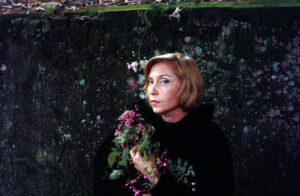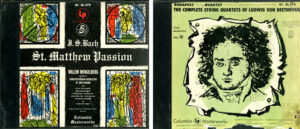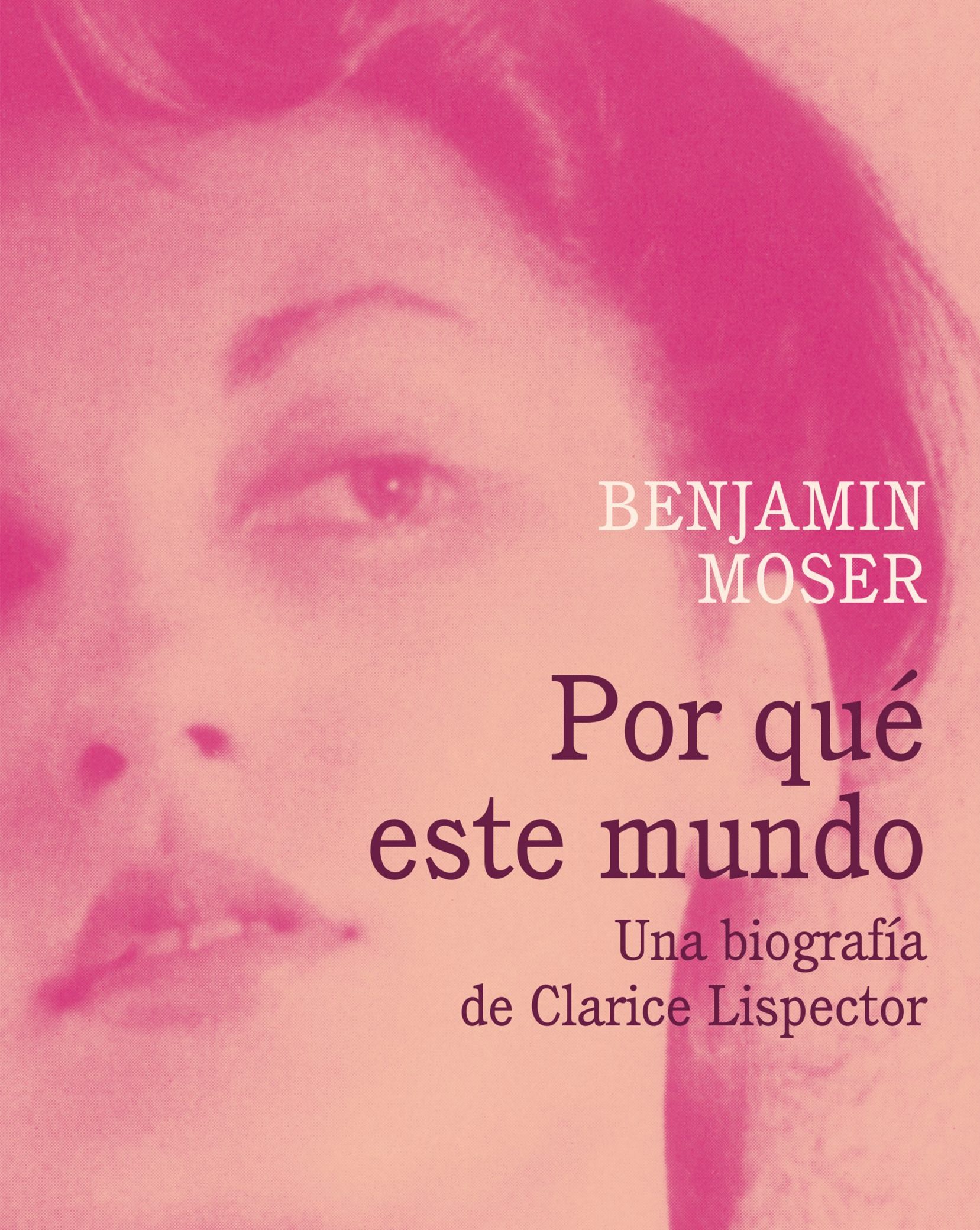, Clarice’s biography now has a Spanish edition. IMS Clarice Lispector, 2017. Disponível em: https://site.claricelispector.ims.com.br/en/2017/12/11/biografia-de-clarice-ganha-edicao-em-espanhol/. Acesso em: 13 December 2025.
Written by Benjamin Moser, Clarice Lispector’s biography Why This World (Oxford University Press, 2009) continues to circulate around the world. Also published in Brazil by Cosac Naify in 2009, and translated by José Geraldo Couto, a new edition of the work was released this year, this time by Companhia das Letras. Titled Clarice, the reedited biography includes new photos, rare images, letters, and manuscripts discovered by Moser himself.
The book has now arrived in Spanish-speaking countries. The Madrid publisher Siruela released Por qué este mundo. Una biografía de Clarice Lispector (trans. Cristina Sánchez-Andrade) in September in Europe and began to distribute it in Latin America this month. The new releases will give Spanish-speaking readers the opportunity to get in touch with “a biography worthy of its great subject,” according to Orhan Pamuk, the Turkish Nobel Prize-winning writer. “One of the twentieth century’s most mysterious writers is finally revealed in all her vibrant colors.”
Are you interested? You can read a passage of the work by clicking here.
See also
 by Equipe IMS
by Equipe IMS
Acclaimed by critics and a popular phenomenon on the internet, Clarice Lispector is considered, internationally, one of the great names in 20th century literature. Mysterious, obscure, revealing, experimental, strangely mystical, or philosophical – how to define the writing of the author of The Hour of the Star? This podcast, conceived and presented by Bruno Cosentino and Eucanaã Ferraz, covers Clarice’s life and work in five episodes, in which they talk to great specialists, professors, and researchers.
 by Equipe IMS
by Equipe IMS
In the 2025 edition of Clarice’s Hour, we will celebrate, through the voices and presentations of kids, the children's story “Laura’s Intimate Life,” published as a book by Clarice Lispector in 1974. In this film, six children retell, act, illustrate, and co-direct the story of Laura the hen, her husband Luís, and their son Hermany in Dona Luísa's henhouse.
 by Antonio Ladeira
by Antonio Ladeira
[...] throughout all of Clarice’s work there is a dazzling – almost primordial, inaugural, Edenic – vision of gender, of the man-woman division. One notes a frightened fascination that there is a male-animal-man in the world, as we read, for example, in the short story “The Buffalo,” and also in another story about phantasmic and monstrous masculinity titled “The Dinner”.
 by Elizama Almeida
by Elizama Almeida
Ulysses was Clarice Lispector’s last dog, a mongrel who stole cigarette butts and queued for Coca-Cola and whiskey for visitors. He was so eccentric that he earned a robust note in the infamous periodical O Pasquim.
 by Equipe IMS
by Equipe IMS
The Brazil LAB is an interdisciplinary initiative at Princeton University that considers Brazil to be a crucial nexus for us to understand today’s most pressing issues. Based at PIIRS (Princeton Institute of International and Regional Studies), the LAB brings together professors, researchers, and students from more than 20 different university departments (from the social to the natural sciences, from engineering to the arts and humanities) in interaction with dozens of researchers from academic institutions of excellence.
 by Elizama Almeida
by Elizama Almeida
The LPs that belonged to Clarice help us get to know a little about her musical taste.







